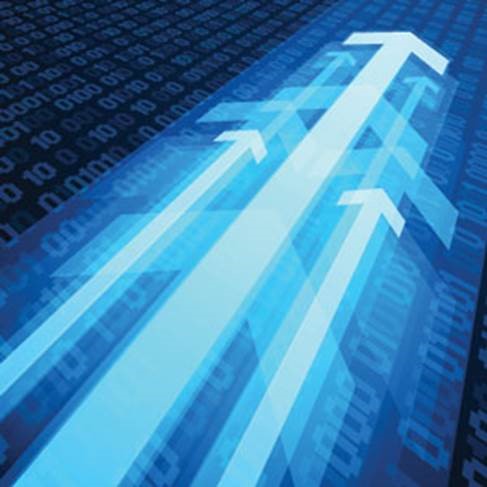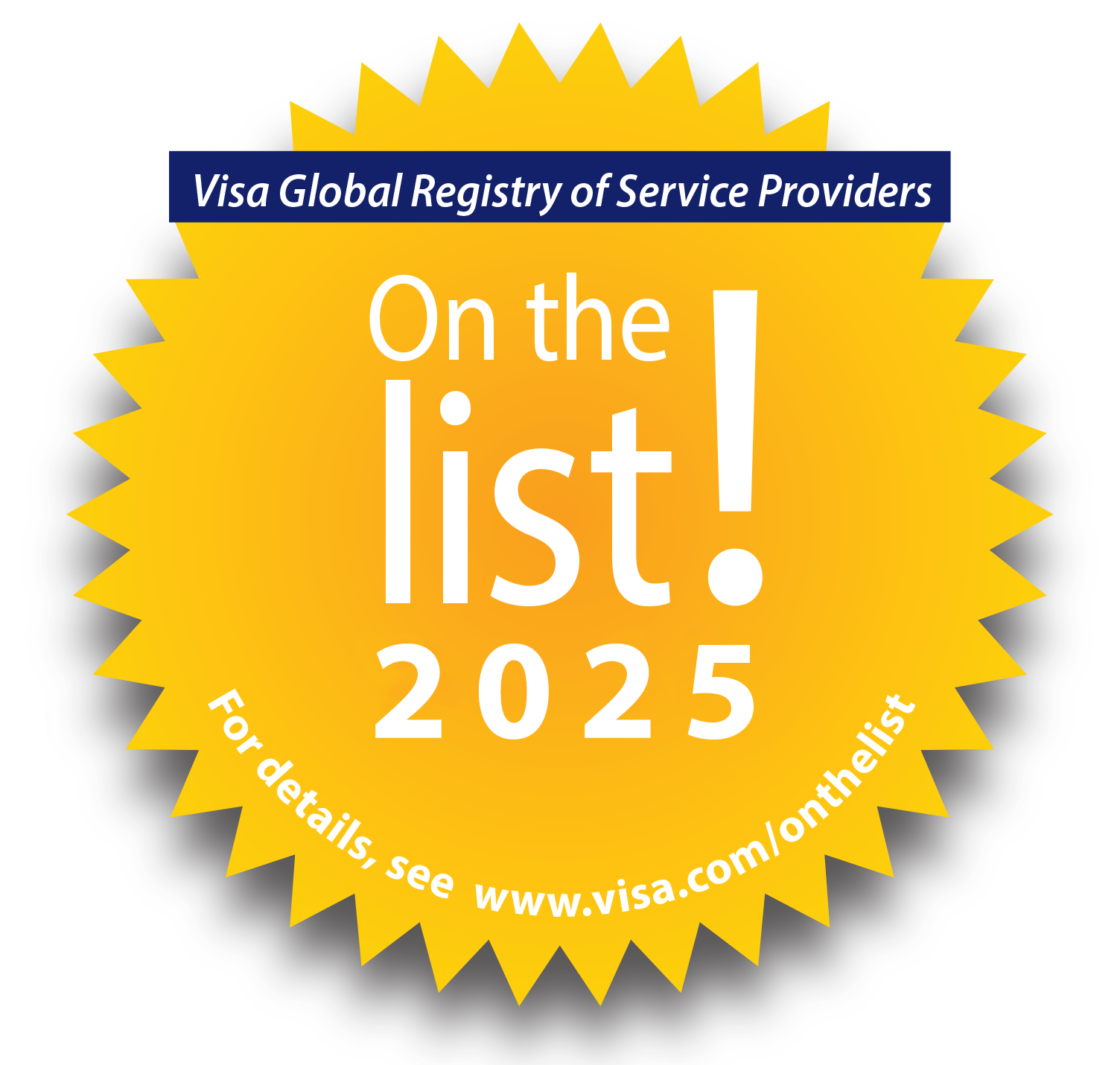Transform AP into a profit center with straight-through processing
An invoice processing solution can help your accounts payable department transform itself into a profit center with straight-through processing.

Nirvana. Paradise. Shangri-La.
For accounts payable leaders, this idyllic state is when supplier invoices flow electronically through their department – from a supplier’s billing system, to the buyer’s enterprise resource planning (ERP) application — whether the ERP is from SAP, Oracle, NetSuite, PeopleSoft, Sage or another ERP provider — without human operators having to touch them.
But the reality for most accounts payable departments is the furthest thing from blissful.
Even invoices that are received electronically – such as via an online supplier portal, e-mail or file transfer upload (FTP) upload – often require manual handling in many accounts payable departments. The typical accounts payable department posts less than one-quarter of all the supplier invoices it receives straight-through, without human operator intervention. That’s according to the Ardent Partners’ 2019 State of ePayables Report.
Consider invoices that arrive via e-mail as PDF attachments. Many accounts payable departments print the invoices they receive from suppliers via e-mail and process them as paper. Some accounts payable departments provide their operators with a second monitor on their desks. Operators then view e-mailed invoices on one monitor and manually key the data into the buyer’s ERP application on the second monitor.
All these manual processes contribute to sky-high cost of invoice processing and to friction across the financial supply chain.
How manual invoice processing impacts supplier payments
Manual invoice processing also negatively impacts a business’ payments to suppliers:
- payments are more likely to be delayed in a manual invoice processing environment
- payments are more likely to be incorrect in a manual invoice processing environment
- there’s less chance that buyers can take advantage of early payment discountA financial incentive is provided by a supplier to encourage early payment of invoices. opportunities in a manual invoice processing environment
- finance decision makers have less visibility into working capital and corporate spending in a manual invoice processing environment
These challenges come at a time when businesses are eager for ways to optimize their payments to suppliers.
CFOs and accounts payable leaders recognize that improving how a business pays suppliers can deliver strategic benefits such as:
- Lower operational costs
- More opportunities to capture early payment discounts, which can lower the cost of goods purchased
- Cash-back rebates on payments made via card, which can transform accounts payable into a profit center
- Extended Day’s Payable Outstanding (DPO), which measures the average amount of time it takes a business to pay its suppliers
- Less chance of fraud
All these benefits of optimizing payments contribute to revenue growth and profitability – the things that CFOs and other business leaders care about most.
So, if a business wants to optimize its payments to suppliers, it needs to find ways to increase the percentage of invoices that it processes straight-through, without human operator intervention.
And that’s where AP automation comes in.
What is an AP automation solution?
An AP automation system leverages advanced technologies such as intelligent data capture, robotic process automation (RPA), machine learning, dynamic workflows, a supplier portal, and business intelligence to post a high percentage of invoices straight-through.
Accounts payable robots (or “bots”) log into an e-mail box, FTP site or online supplier portal to retrieve invoices for processing. Suppliers also can use an online portal built into an invoice processing platform to submit invoices electronically or to “flip” purchase orders (POs) into electronic invoices. The result is that all accounts payables processes are centralized onto a single platform.
AP automation software uses optical character recognition (OCR), e-mail invoice extraction, robotic process automation (RPA), machine learning (MA) and proprietary technology to extract and verify data from each invoice according to pre-defined business rules. Invoice data is guaranteed 99.95% accurate and then matched against a PO. Matched invoices are seamlessly uploaded to any ERP application, including SAP, Oracle, PeopleSoft, NetSuite, Sage, and Infor. The best AP automation solutions also integrate with supplier billing systems to deliver detailed remittance data.
Unmatched invoices, or those without a PO, are digitally routed for approval based on configurable business rules. If any data required for approval is missing from an invoice (such as a PO number), an AP automation solution sends an e-mail to the supplier’s billing department. The supplier then clicks a link, inputs the required information and re-submits the invoice. The data input by the supplier is validated in real-time, eliminating the possibility of back-and-forth e-mails.
The result is less friction across the accounts payable lifecycle – including payments to suppliers.
If your business wants to optimize its payments to suppliers, start by automating invoice processing.
_________________________________________________________________________________________
Edenred PayEdenred Pay is the market leader in B2B payments automation., an Edenred Company, is the global leader in invoice-to-pay automation. Our integrated platform connects businesses with suppliers, ERPs, banks, FinTechs, and payment rails to automate, optimize, and monetize the entire B2B payments lifecycle – from invoice receipt through payment reconciliationThe process of matching financial records—such as payments and invoices—to ensure accuracy in accounting and reporting.. Edenred Pay’s efficient, integrated solutions create a frictionless process and help deliver value to the enterprise by enhancing visibility and monetizing AP.
Visit www.edenredpay.com or contact us to learn more.

Ready to elevate your B2B payments?
Whether you are automating for the first time, ready to refresh your existing technology, or looking for ways to complete the ‘last mile’ of automation, Edenred Pay can help. Let’s chat about your needs.






